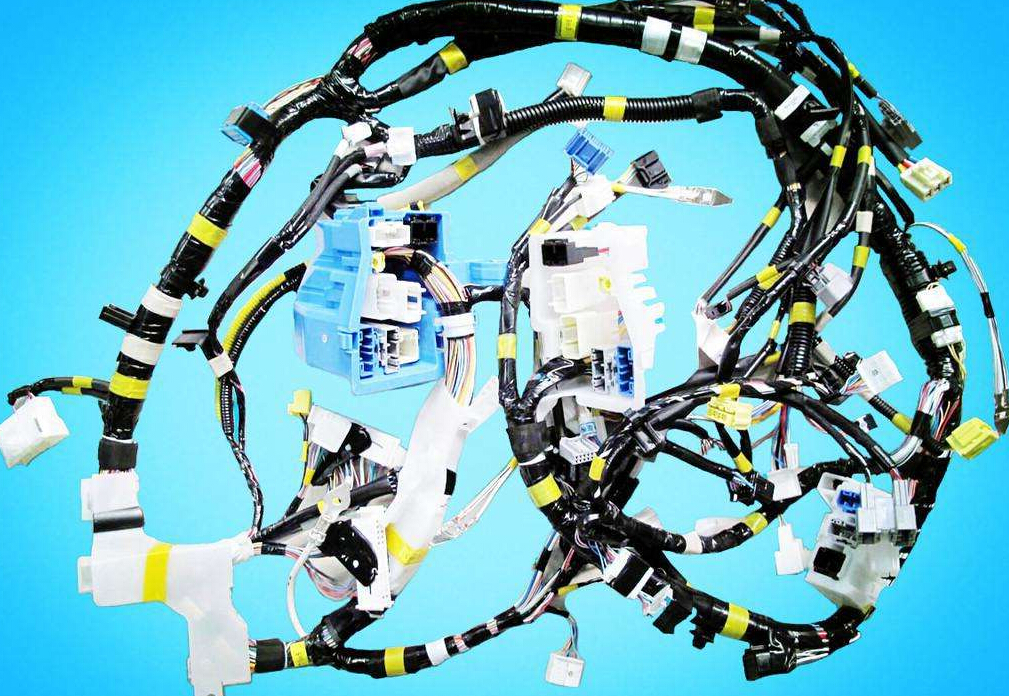The traditional wire harness welding processes mainly include: fusion welding, fiber bonding, and pressure welding.
(1) Fusion welding is a method in which the workpiece interface is heated to a molten state during the welding process, and the welding is completed without applying pressure. During fusion welding, the heat source rapidly heats and melts the interface of the two workpieces to be welded to form a molten pool. The molten pool moves forward with the heat source, and after cooling, forms a continuous weld to join the two workpieces into one body. After the welding, the wire harness joints are welded together to form a weld bead, and the electric resistance is large, which greatly reduces the service life of the wire harness. And in the welding process, if the atmosphere is in direct contact with the high temperature molten pool, the oxygen in the atmosphere will oxidize the metal and various alloying elements. Nitrogen, water vapor, etc. in the atmosphere enter the molten pool, and defects such as pores, slag inclusions, cracks, etc. are formed in the weld during subsequent cooling, which deteriorates the quality and performance of the weld.
(2) Brazing is to use a metal material having a lower melting point than the workpiece as a brazing material, heating the workpiece and the brazing material to a temperature higher than the melting point of the brazing material and lower than the melting point of the workpiece, and moisturizing the workpiece with the liquid brazing material to fill the interface gap and A method of achieving welding by mutually interdifing atoms with a workpiece.
The seam formed by welding when joining two connected bodies is called a weld bead. Both sides of the weld are subjected to welding heat during welding, and changes in structure and properties occur. This area is called the heat affected zone. Due to different welding materials and welding currents of the workpiece during welding, overheating, embrittlement, hardening or softening may occur in the weld and heat affected zone after welding, and the weldment performance may be degraded and the weldability may be deteriorated. This requires adjustment of the welding conditions, preheating at the weldment interface before welding, welding heat preservation and post-weld heat treatment can improve the welding quality of the weldment.

(3) Pressure welding is to achieve atomic bonding in the solid state under pressure conditions, also known as solid state welding. The commonly used pressure welding process is resistance butt welding. When the current passes through the connection end of the two workpieces, the temperature rises due to the large resistance, and when heated to the plastic state, the connection is integrated under the axial pressure.
A common feature of various pressure bonding methods is the application of pressure during the welding process without the addition of filler material. Most pressure welding methods, such as diffusion welding, high-frequency welding, cold-welding, etc., do not have a melting process, so there is no problem of burning of beneficial alloying elements like welding and intrusion of harmful elements into the weld, thereby simplifying the welding process. Improved safety and hygienic conditions for welding. At the same time, since the heating temperature is lower than the fusion welding and the heating time is short, the heat affected zone is small. Many materials that are difficult to weld by fusion welding can often be welded to a high quality joint of the same strength as the base material.
In summary, pressure welding must replace the welding and brazing to become the mainstream process of wire harness welding.
















 RCCN WeChat QrCode
RCCN WeChat QrCode Mobile WebSite
Mobile WebSite